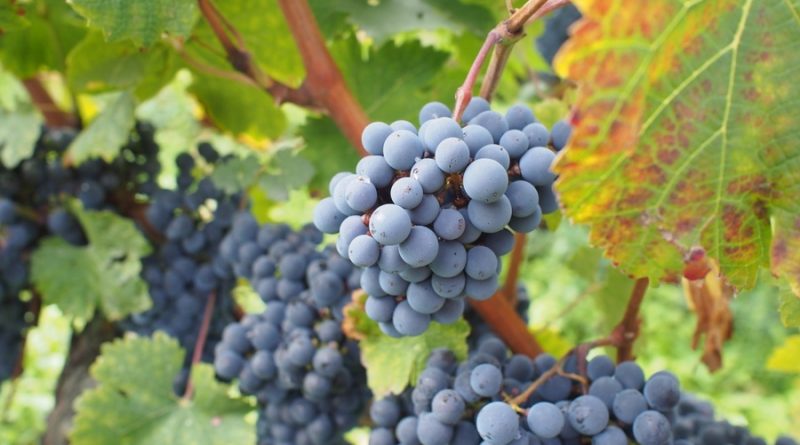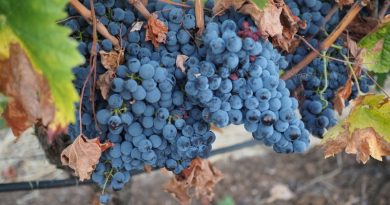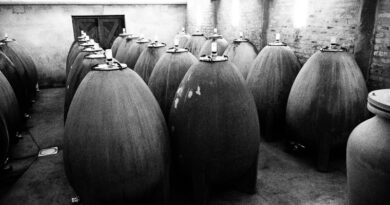The grapes and the geography
There are two rather different ways to approach wine. Both are needed.
Continuing in my somewhat meandering journey into wine, I’d like to explore two approaches for understanding wine—the grapes and the geography.
Almost all wines (and certainly all the wines you are likely to find in wine shops and supermarkets) are made from the same species of grape vine, Vitis vinifera. It was first cultivated thousands of years ago, and since this time many thousands of different grape varieties have emerged, although only 20 or so of these are widely used these days. A recent book, titled Wine Grapes, attempts to give details of the 1368 different grape varieties used to make wine commercially. [It’s a big, expensive book, but a very good one.]
Names such as Cabernet Sauvignon, Chardonnay, Sauvignon Blanc and Shiraz are probably familiar to most people. These names all refer to single varieties of this same grape vine species. Until fairly recently (the last 40 years or so) it wasn’t common to see wines marketed by grape variety, and in many European countries it still isn’t—there wines are more commonly labelled according to the region they come from. But the new world wine growers in California and Australia realized that putting the name of the grape variety on the label was incredibly useful for consumers, because each grape variety has a particular taste characteristic. So rather than learning hundreds of confusing-sounding place names in order to navigate a wine list, people could now get by pretty well by just learning the names of a dozen or so grape varieties.
So the ‘grape’ approach is the easiest way to begin to learn about wine. Start with typical examples of the classic varieties and you’ll soon build your confidence as a taster, perhaps even to the level of being able to taste a wine ‘blind’ (without knowing what it is) and spot what grape variety it is made of. We’ll take another look at grape varieties later, because this is such an important topic for understanding the taste of wine.
But there’s also another route into wine. It’s a lot more complicated, but it offers a way to understand wine at a higher level. It’s the ‘geography’ route.
The grape variety is probably the single strongest factor in determining how it will taste (providing, of course, that the variety in question is being grown in a vineyard with a climate suitable for ripening it). But should you plant the same variety in vineyards with different soils, or different sun exposures, or subtly different climates you’ll find that the wines will taste different. As an example, compare a Cabernet/Merlot blend from Bordeaux with one from the Napa Valley in California or Margaret River in Australia. They’re all excellent places to grow these grape varieties, but the wines are markedly different. You might then want to look at the same blend from Chile or South Africa. Even a relatively inexperienced taster will spot differences in the wines. There’s a lot more to be said about the influence of geography on wine, and so we’ll return to this later.
The ‘geography’ is therefore an important way of understanding wine, and the best way to learn about wine is to start with the grapes, but then add to this the geography in a sort of tandem approach. If you stick to just the grapes, you’ll end up with a simplistic and boring view of wine; if you restrict yourself to the geography, you’ll find it all terribly complex and confusing.




